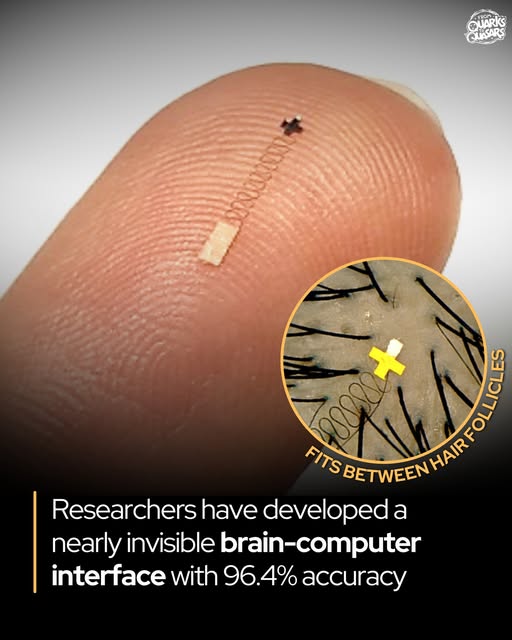This ultra-tiny BCI uses microneedles to gently and painlessly penetrate the top layer of skin, getting closer to the brain’s electrical signals while avoiding hair – a smart workaround that drastically improves signal quality and reduces noise.
In tests, participants used this wearable sensor to control augmented reality video calls completely hands-free – just by focusing on visual cues. The interface tracked their neural activity for up to 12 hours straight, capturing which contact they looked at and helping them make or accept AR calls – all while staying fully mobile.
This technology could change daily life for people with disabilities, neurological conditions, or mobility challenges – giving them new ways to communicate, interact with technology, and regain independence.

